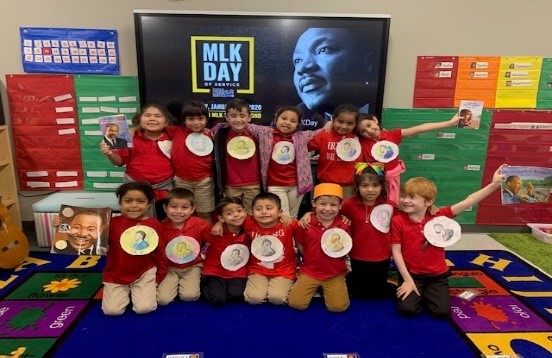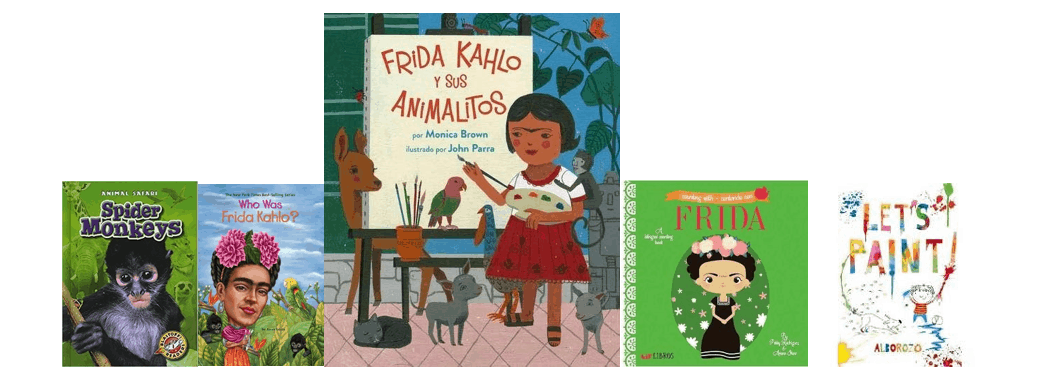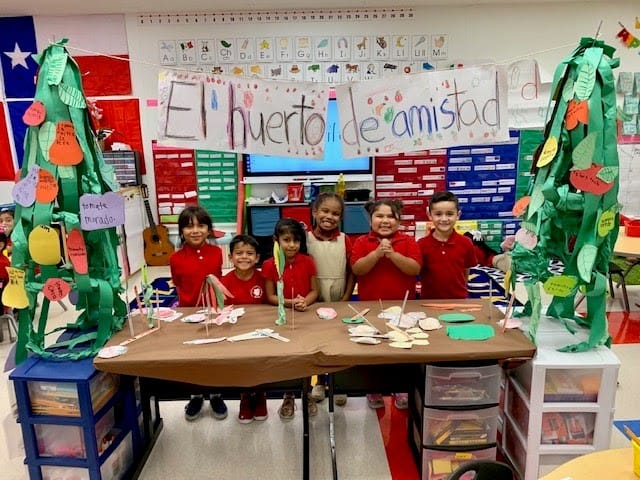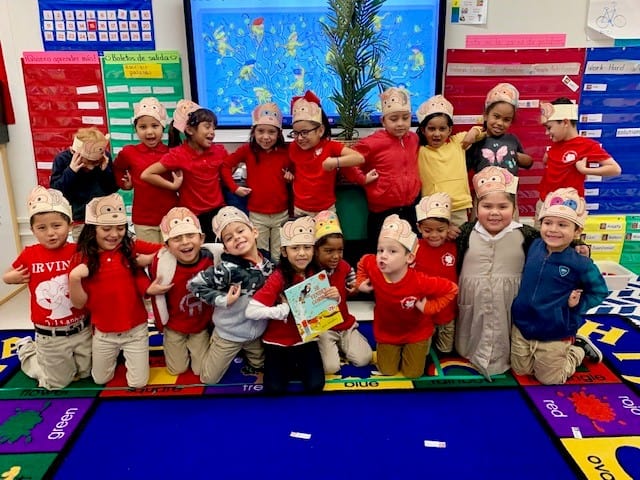“It’s going to be a long year,” I thought as my kindergarten student sobbed, “No me gusta reading!” I don’t like reading!
It was the first few days of the school year, and the challenges of vocabulary were already apparent. My group of 20 kindergarten students were learning both English and Spanish as part of a two-way dual language program. Most of them were against reading in a foreign language.
Teaching English as a second language has its difficulties. It’s the same with teaching Spanish as a second language. But teaching both languages at the same time? This is a task the requires exceptional planning.
In the dual language classroom, planning on building vocabulary is essential. Students who have little to no background knowledge of the language have a lot of ground to cover, from the basic “Hello, how are you?” to the more academic.
In my dual language school, we quickly found out that the modest, direct-teach of vocabulary simply did not cut it. Word walls, sentence stems, and visuals are nice, but when you want to put vocabulary building on hyperdrive, you must get the students to invest more, engage more, and do more.
This is where our immersive units have come into play. Our students are guided on a specific unit and spend two weeks deep-diving into an immersive world. It’s like an educational theme park; the students physically and mentally enter a new world to learn new things.
These worlds could vary by scope and by learning objectives, but are always centered around a book, also known as an anchor text. These worlds could be Knuffle Bunny’s laundromat, Frida Kahlo’s art studio, or even Dr. Martin Luther King’s Nobel Peace Prize acceptance ceremony. The students learn best by diving into the anchor text’s world.
So how does somebody start an immersive unit?
First and foremost, the teacher decides on the anchor text. I usually find a book that is relevant to what is going on in the students’ lives. Holidays are a common favorite, but I also plan on anchor texts that allow for cross-curricular knowledge building: a book about gardens for our plant unit, a book about animals for our field trip to the zoo, a book about the presidents when we introduce money in math, and so on.
Once your anchor text has been chosen, use your knowledge of your own students to get started on selecting some supplemental texts to go along with the anchor. This can be a tub of books that lend themselves well to the anchor text. They can vary in level and by genre, as long as they have a meaningful connection to the anchor text. Once these texts are together, you have your immersive unit’s “text set.”
What happens next goes back to how students learn best. After reading the anchor text as a class, student-driven interests come up in our book discussions—this is where the magic happens! From the anchor text, there may be many different avenues to explore as a class; the best avenues to go down are the ones that the students are most interested in.
In an immersive unit about Frida Kahlo, for example, my students loved that Frida had spider monkeys as pets! We found books on spider monkeys and added them to our “text set” for our immersive unit on Frida Kahlo. We quickly found a connection between ourselves and Frida as a person. And most of all, the students were invested, engaged, and did most of the academic heavy lifting.
Going down these different avenues builds our confidence to push for more vocabulary. Once the students had become “experts” on spider monkeys, it was easy to transition to more funds of knowledge within the immersive unit. We may spend one or two days on one aspect of Frida’s life, but students will then move on to other areas of the anchor text. By the end of the two-week immersion, we had learned all about Frida as well as all her interesting pets!
By allowing your students to drive their own instruction, they have voice in their education and feel confident about what they are learning.
When the students have that voice, it’s easier to connect these areas of focus back to the subject or characters of the anchor text. Especially in lower grade levels, character studies are extremely effective in implementing an immersive unit. In our class, we make the characters of the book bona fide members of the class. It allows for the discussions on character traits and social emotional learning to be much more accessible to the students. When they feel as though they are friends with the character, they learn from them.
Now that student-centered text sets are built, and that characters have become embedded in a classroom, we have some fun building vocabulary. Indeed, the word walls, the sentence builders, and the integration of phonics are all necessary and important, but our goal is to really build vocabulary—not just for the short term!
This is where our immersive unit’s culminating project takes the stage. Students will create realia to add a student-driven, physical manifestation of the words they are learning. This could be a class garden, a recreation of a scene from a book, or a class marketplace. The idea behind these culminating projects is that they are fun, engaging, and require the student to use new words in a meaningful way.
Having fun with these culminating projects have made the acquisition of new words more natural and authentic. We have found that in our kindergarten classrooms, in which students have spent less than a year learning a new language, reading scores have grown at levels just as high or even higher than their monolingual counterparts in general education models.
This means that growth is almost double than what is to be expected.
Immersive units have not only skyrocketed our reading growth but also have embedded an invaluable skill: a love for reading. When students have fun learning new words (sometimes even in a new language), it creates a curiosity and excitement for more. These immersive units allow even the struggling reader to feel successful because they are truly student-centered.
Now at the end of the year, when all my students say, “I don’t like reading,” they follow up with, “I LOVE reading!” We have made a lot of memories with reading in immersive units.




















